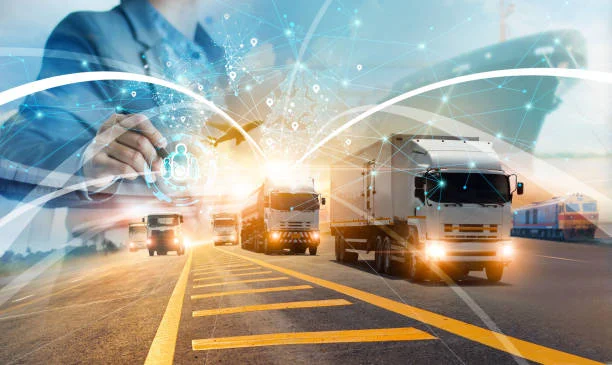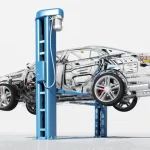Introduction
Modern trucking logistics stands on the brink of a revolution, fueled by a surge in automation technologies. From streamlining repetitive tasks to unlocking unprecedented efficiency, automation is rewriting the playbook for how companies manage dispatch complexities. In this new era, the integration of sophisticated tools has become vital for survival and growth. For businesses looking to stay competitive, investing in trucking dispatch automation is rapidly shifting from an option to a necessity.
The push to reduce costs, improve safety, and optimize resources is driving widespread automation in supply chain logistics. Technologies like artificial intelligence (AI) and the Internet of Things (IoT) enable real-time, data-driven decision-making, reducing errors and manual bottlenecks. AI powers load matching, route optimization, intelligent scheduling, and predictive maintenance, leading to leaner operations, faster service, and enhanced customer experiences, while allowing organizations to focus on strategic priorities for Trucking Logistics.
Benefits of Automated Dispatch Systems
- Increased Efficiency: Automating dispatch eliminates traditional paperwork, minimizes manual scheduling, and accelerates every stage of the supply chain. A transportation management system further streamlines operations by optimizing routes, consolidating shipments, and providing real-time visibility across the fleet.
- Cost Reduction: By refining routes and eliminating unnecessary mileage, companies achieve measurable savings in both fuel and maintenance costs.
- Enhanced Safety: With continuous driver monitoring and real-time vehicle diagnostics, dispatch automation supports a culture of safety, reducing the likelihood of accidents and compliance violations.
Real-World Applications
Some of the industry’s most forward-thinking companies are already deploying AI-powered dispatch platforms. These tools provide valuable data insights, allowing businesses to prioritize operational goals, reduce the chance of missed deadlines, and ultimately offer a superior customer experience. For example, last-mile logistics providers are using innovative dispatch tools to offer real-time delivery updates, proactive issue alerts, and personalized scheduling based on customer preferences.
As automation scales, platforms can be tailored for diverse logistics needs, whether managing cross-country freight, urban deliveries, or temperature-sensitive cargo. This flexibility underscores the tremendous potential of automation for businesses of every size across the logistics spectrum or Trucking Logistics.
Don’t stop now! Our Related Posts uncover deeper layers of what you just read.
Challenges in Implementing Automation
- Initial Investment: Sophisticated automation platforms require significant upfront investment in hardware, software, and system integration.
- Training Needs: Staff must learn new workflows and processes to realize the full value of automation, necessitating ongoing education and support.
- Data Security: With more data flowing across interconnected devices and platforms, protecting sensitive information from cyber threats becomes paramount.
Overcoming these challenges requires a thoughtful approach—balancing ROI with support, and robust cybersecurity protocols with operational transparency.
The Role of IoT in Dispatch Automation
The Internet of Things is an indispensable part of the automation story. By linking vehicles, cargo containers, and central dispatch platforms, IoT provides a 360-degree view of logistics operations. Sensors deliver live updates on truck location, engine health, and environmental conditions, such as temperature and humidity, for sensitive freight. This constant data flow empowers dispatchers and managers to make proactive, evidence-based decisions on everything from route adjustments to preventative maintenance and regulatory compliance.
Future Trends in Dispatch Automation
- Autonomous Vehicles: Driverless trucks are already running pilot programs, and larger-scale adoption seems inevitable as regulations evolve and confidence in the technology grows.
- Advanced Predictive Analytics: Harnessing years of data to forecast inventory needs, risk areas, and ideal delivery windows will create a new standard for predictive logistics management.
- Sustainability Initiatives: The future of dispatch will be defined by the adoption of green trucks, sustainable fuels, and eco-friendly route planning to help reduce the sector’s carbon footprint.
Together, these trends ensure the logistics industry will become more efficient, responsive, and sustainable—cementing automation’s role as a driving force for progress.
Conclusion
Automation stands at the heart of trucking’s transformation. With the integration of advanced artificial intelligence, IoT, and robust transportation management system solutions, modern dispatch operations are achieving impressive new heights of efficiency, safety, and service quality. While there are challenges to face—ranging from upfront investment to data protection—those willing to embrace automation will be well-positioned for growth in a complex, competitive marketplace Trucking Logistics.
Keep exploring! Discover articles that broaden your view and spark curiosity.







